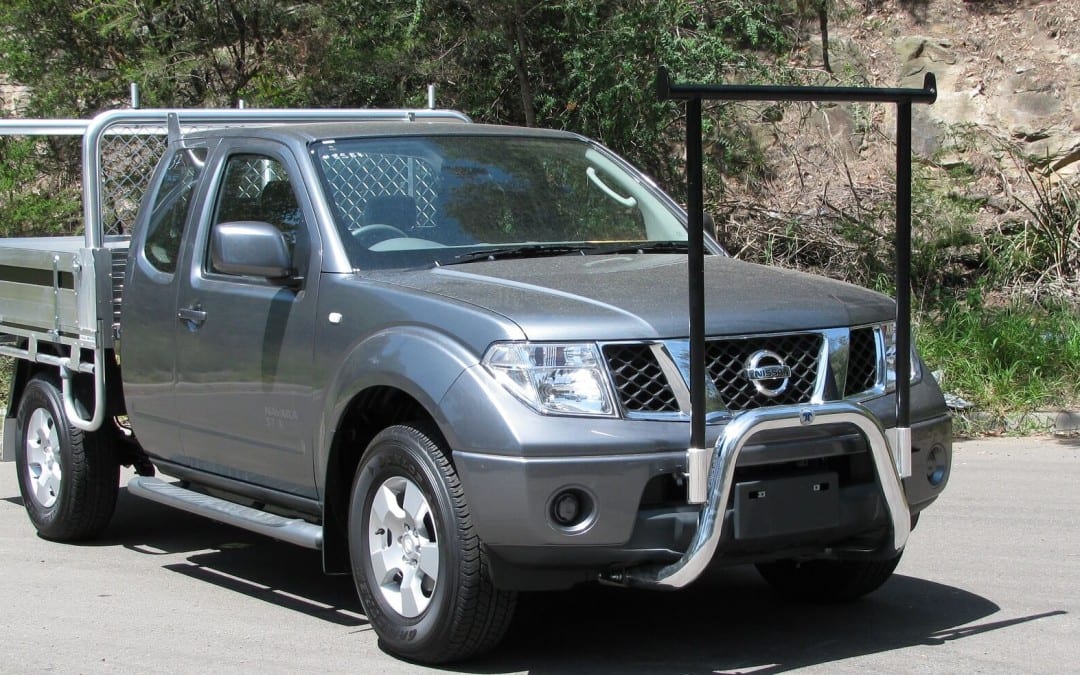Expert advice: getting your commercial motor vehicle insurance right.
If there’s one asset a tradesperson will have insured it’s their ute/van/wagon/truck.
As an aside, we strongly recommend all builders insure their most important asset: themselves. Loss of earnings insurance, in combination with a reduction in your ACC levies, can broaden your protection to include disability from illness as well as accident, and for little or no extra cost. Click here to find out more.
But that’s for another post. In this we’re talking about your vehicles. Below are 7 tips to help ensure you have the right cover and are getting the best value from your policy.
1. Get your sum insured right: it affects your premium and what you’ll get in the event of a claim
Make sure the “sum insured” for your vehicle is set at an accurate current market value. This figure is what your premium is based on. It’s also the lower of this sum insured or the actual market value at the time of loss on which any payout or repair will be based.
Setting your sum insured too high over the vehicle’s market value means you’ll be paying too much. But setting it too low means you’re under insured. Try searching Trademe Motors for a vehicle like yours of a similar age, condition and mileage. The sum insured is your vehicle’s market value excluding GST.
2. Replacing your windscreen is painless
Replacing a broken windscreen is easy when you’re insured. There’s no excess or claim form to complete. Simply take the vehicle in to your nearest Smith & Smith or Novus, along with the name of your insurer and policy number. We recommend you phone head with your VIN number so they can make sure a suitable windscreen is in stock. Most policies offer unlimited windscreen cover, however some are limited to one claim per year. Some cover all the glass in your vehicle, including canopies, while others won’t.
3. Arrange insurance for new vehicles before you pick them up
You’ll want to be insured as soon as you drive off the lot, but leaving it to the last minute could make getting it in time difficult. The best advice is to let your broker or insurer know in advance, so they can “hold covered” for you. If you already have cover in place on another vehicle the policy may include an “additions & deletions” clause. This means new vehicles will be covered for their market value as long as you tell your insurer within 30 days of the purchase (and there may be additional premium to pay). If you need finance they will want to see an insurance certificate before releasing the vehicle, another reason to have it arranged early.
4. Is your signwriting covered?
Some policies will automatically include cover for signwriting, but others will only do so if it is separately noted. Either way, we recommend you check to make sure it’s covered by your policy.
5. Get back on the road while your ute’s under repair
Adding a “loss of use” extension to your policy means you can hire a replacement vehicle while yours is being repaired. There are conditions, such as extra premium, a stand down period and maximum hire time, but the inconvenience of being without a vehicle, or having to hire one yourself, could cost you more.
6. Check that all staff who may drive the vehicle have a license
Assuming the apprentice has a license just because they’re old enough is not good enough. It’s important for insurance purposes as it’s a condition of insurance that any driver has your consent and is legally allowed to drive it, has a current license and is not breaching any condition of their license when driving it.
It’s also sensible from a health & safety responsibility perspective. According to ACC “It is your responsibility as an employer to ensure that any employee who drives any kind of vehicle is legally able to do so. That means they must have the right category of licence and it must be valid, i.e. it must not be suspended, expired or revoked.”
7. Claims registered too late may be declined
Your insurer may decline a claim if you’ve taken too long to make it. Damage that occurred 6 months ago may be considered pre-existing and any further loss, such as rust that has set in, may not be covered.

